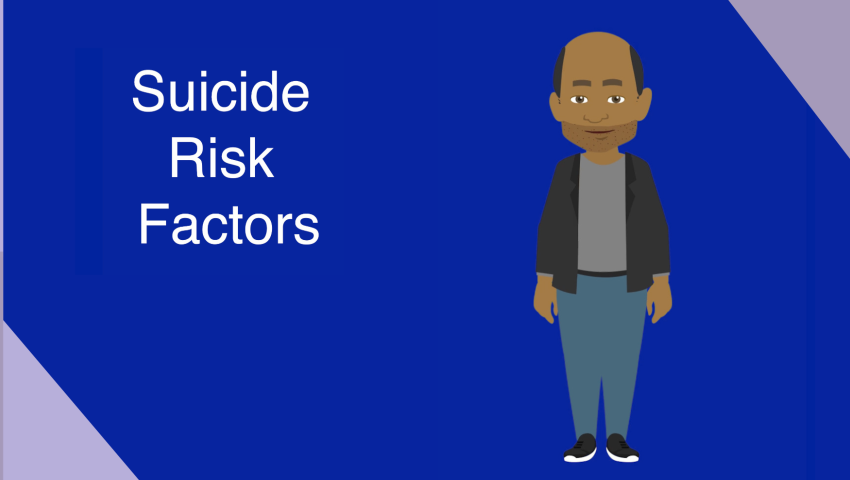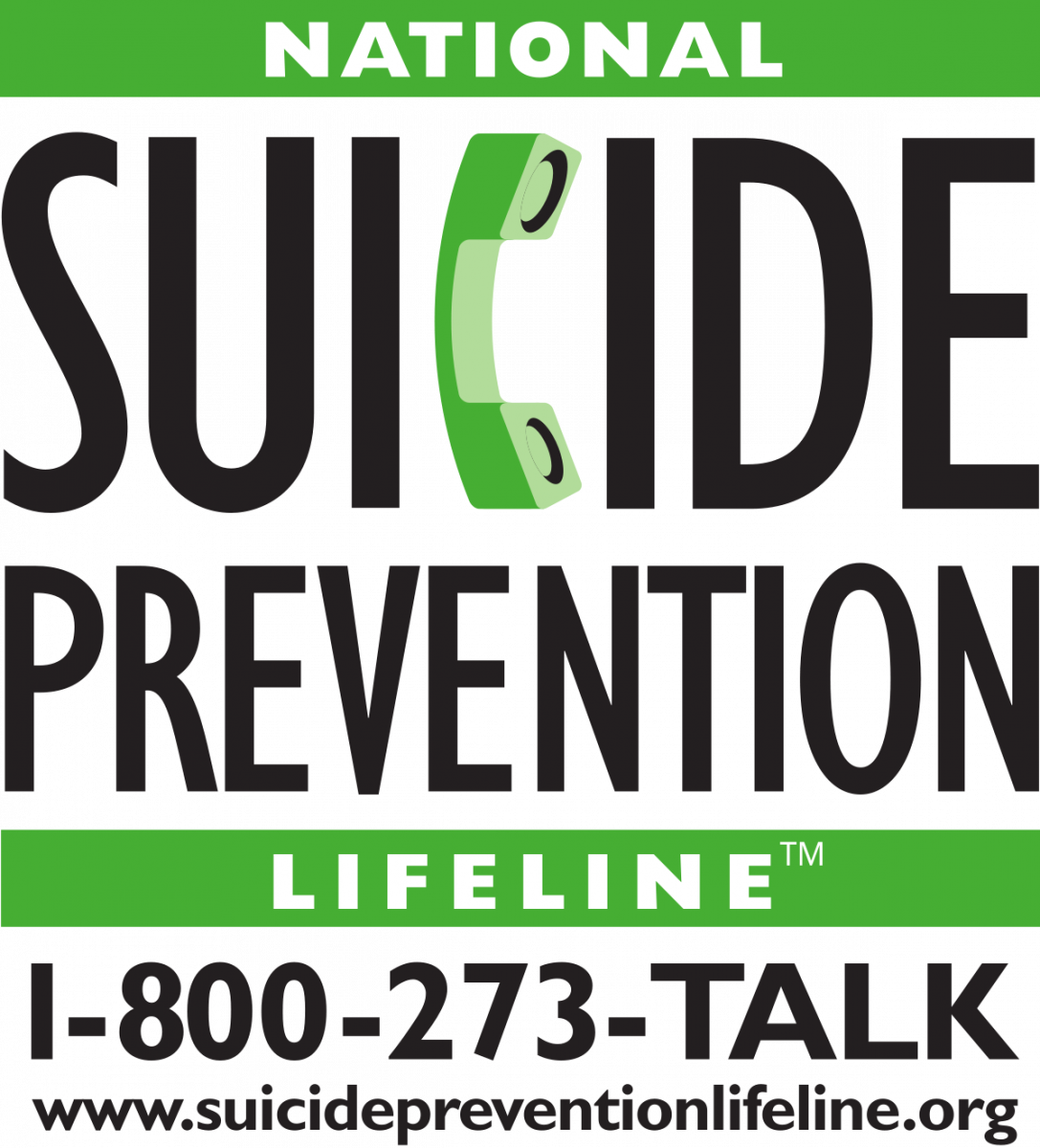According to the National Institute of Mental Health (2021) and the American Psychological Association (2019), warning signs for suicide include the following.

Suicide Risk Factors
This is the story of John. John is 45 years old and has recently experienced numerous substantial life changes. Watch the video below to hear John’s story and identify some risk factors and warning signs that increase the risk of suicide for John.
Patient Background
Meet John
- John is 45 -years old.
- After 10 years of marriage, he recently went through a divorce and is now living alone. He has visitation with his 10-year-old daughter every other weekend.
- John was recently fired from his factory job of over 15 years and is unemployed because of his increased drinking.
- John acknowledges feeling increasingly depressed and hopeless since his divorce and the loss of his job.
- Over the last two weeks, he has had insomnia and loss of appetite, leading to weight loss and loss of interest in hobbies including hunting and going to the shooting range with friends. His use of alcohol has also increased considerably in the past 2 weeks.
- John has a few close friends but has little contact with his family. He has expressed his hopelessness and while drinking with his friends he’s said things like, “My family might be better off without me.”
- His increased drinking led to being pulled over by the police and charged with DUI, one week ago.
Can you identify some risk factors and warning signs that increase the risk of suicide for John?
Talking
Talking about wanting to die, experiencing guilt or shame and/or being a burden to others.
Feelings
Feelings of emptiness, sadness, hopelessness, feeling trapped and/or feeling unbearable emotional or physical pain.
Changes in behaviors
Changes in behaviors such as making a plan or researching ways to die, preoccupation with death and dying, has recently experienced serious losses, withdrawing from family and friends or social activities, loss of interest in school, work or hobbies, saying goodbye, giving away important items, or making a will, taking unnecessary or dangerous risk, displaying extreme mood swings, eating or sleeping more or less and/or increases in drug or alcohol use.
Access to means
Access to means such as firearms and medications
